In the vast and delightful world of gardening, there are crops that stand out for their exceptional qualities and versatility. Honeycrisp cucumbers are a perfect example of this. These cucumbers are known for their crisp texture, sweet taste, and overall excellence in both flavor and appearance. If you live in Zone 3 or any other region where the temperature and growing conditions are similar, you might be interested in growing these delectable cucumbers in your own garden. Let’s explore the wonders of honeycrisp cucumbers and why they are a must-have addition to any garden in Zone 3. Honeycrisp cucumbers are a hybrid variety that combines the best of both worlds – the sweetness of honey and the crispness of an apple. These cucumbers have a thin, smooth skin that is tender enough to eat without peeling. Their flesh is juicy and sweet, with a refreshing flavor that is perfect for salads, pickling, or simply enjoying on its own. Honeycrisp cucumbers are also known for their uniform size and shape, making them ideal for slicing and adding to dishes for a visually appealing presentation. One of the key benefits of growing honeycrisp cucumbers in Zone 3 is their adaptability to cooler climates. These cucumbers thrive in temperatures between 60°F and 75°F, making them a perfect choice for regions with shorter growing seasons and cooler weather. Planting honeycrisp cucumbers in Zone 3 will allow you to enjoy a bountiful harvest of fresh, delicious cucumbers throughout the summer months, even in regions with unpredictable weather patterns.
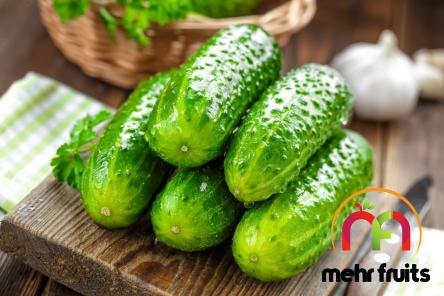
.
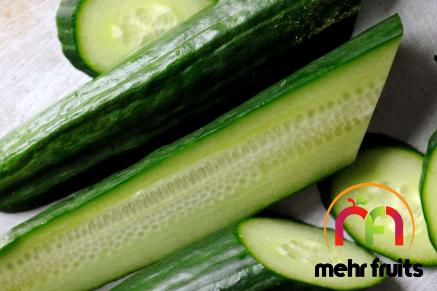 When it comes to growing honeycrisp cucumbers in Zone 3, there are a few key factors to keep in mind to ensure a successful harvest. These cucumbers require full sun and well-drained soil to thrive. Planting them in a location that receives at least 6-8 hours of sunlight per day will help promote healthy growth and fruit production. Additionally, be sure to provide adequate water to keep the soil consistently moist, as cucumbers are heavy drinkers and require regular watering, especially during hot summer months. To start growing honeycrisp cucumbers in Zone 3, begin by selecting a sunny spot in your garden with fertile, well-drained soil. Prepare the soil by amending it with compost or well-rotted manure to improve drainage and fertility. Plant honeycrisp cucumber seeds or seedlings after the danger of frost has passed, typically in late spring or early summer. Space the plants 12-18 inches apart in rows that are 4-6 feet apart to allow for proper air circulation and growth. As the honeycrisp cucumber plants grow, provide support for them to climb, such as a trellis or tomato cage. This will help keep the cucumbers off the ground, reducing the risk of rot and disease. Mulch around the base of the plants to help retain moisture, suppress weeds, and regulate soil temperature. Fertilize the plants every 3-4 weeks with a balanced fertilizer to promote healthy growth and fruit development. To ensure a bountiful harvest of honeycrisp cucumbers in Zone 3, it is important to monitor the plants for pests and diseases. Common cucumber pests include aphids, cucumber beetles, and spider mites. Regularly inspect the plants for any signs of infestation, such as yellowing leaves, wilting, or holes in the foliage. If pests are present, treat the plants with neem oil or insecticidal soap to control the infestation and prevent damage to the crop. Diseases such as powdery mildew and downy mildew can also affect cucumber plants, especially in humid conditions. To prevent fungal diseases, avoid overhead watering and ensure good air circulation around the plants. Remove and destroy any infected plant material to prevent the spread of disease. If necessary, treat the plants with a fungicide to protect them from fungal infections.
When it comes to growing honeycrisp cucumbers in Zone 3, there are a few key factors to keep in mind to ensure a successful harvest. These cucumbers require full sun and well-drained soil to thrive. Planting them in a location that receives at least 6-8 hours of sunlight per day will help promote healthy growth and fruit production. Additionally, be sure to provide adequate water to keep the soil consistently moist, as cucumbers are heavy drinkers and require regular watering, especially during hot summer months. To start growing honeycrisp cucumbers in Zone 3, begin by selecting a sunny spot in your garden with fertile, well-drained soil. Prepare the soil by amending it with compost or well-rotted manure to improve drainage and fertility. Plant honeycrisp cucumber seeds or seedlings after the danger of frost has passed, typically in late spring or early summer. Space the plants 12-18 inches apart in rows that are 4-6 feet apart to allow for proper air circulation and growth. As the honeycrisp cucumber plants grow, provide support for them to climb, such as a trellis or tomato cage. This will help keep the cucumbers off the ground, reducing the risk of rot and disease. Mulch around the base of the plants to help retain moisture, suppress weeds, and regulate soil temperature. Fertilize the plants every 3-4 weeks with a balanced fertilizer to promote healthy growth and fruit development. To ensure a bountiful harvest of honeycrisp cucumbers in Zone 3, it is important to monitor the plants for pests and diseases. Common cucumber pests include aphids, cucumber beetles, and spider mites. Regularly inspect the plants for any signs of infestation, such as yellowing leaves, wilting, or holes in the foliage. If pests are present, treat the plants with neem oil or insecticidal soap to control the infestation and prevent damage to the crop. Diseases such as powdery mildew and downy mildew can also affect cucumber plants, especially in humid conditions. To prevent fungal diseases, avoid overhead watering and ensure good air circulation around the plants. Remove and destroy any infected plant material to prevent the spread of disease. If necessary, treat the plants with a fungicide to protect them from fungal infections.
..
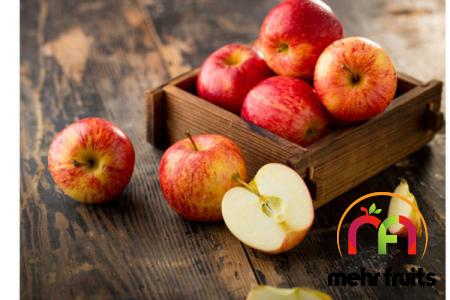 As the honeycrisp cucumbers begin to mature, harvest them regularly to encourage continued fruit production. Cucumbers are ready to harvest when they reach the desired size, typically 6-8 inches long for honeycrisp cucumbers. Use a sharp knife or scissors to cut the cucumbers from the vine, taking care not to damage the plant. Store harvested cucumbers in the refrigerator to preserve their crispness and flavor. In conclusion, honeycrisp cucumbers are a delightful addition to any garden in Zone 3 or similar climates. With their sweet flavor, crisp texture, and versatile uses, these cucumbers are sure to be a favorite among gardeners and food enthusiasts alike. By following the tips and guidelines outlined above, you can successfully grow honeycrisp cucumbers in your own garden and enjoy a bountiful harvest of fresh, delicious cucumbers all season long. Happy gardening! The culinary possibilities with honeycrisp cucumbers are endless, making them a versatile and delightful addition to your kitchen. Their sweet and crisp nature makes them perfect for a variety of dishes, from salads to pickles to refreshing drinks. Incorporating honeycrisp cucumbers into your meals will not only add a burst of flavor but also provide you with a healthy dose of vitamins and nutrients. One of the simplest and most popular ways to enjoy honeycrisp cucumbers is in a classic cucumber salad. To make a refreshing cucumber salad, thinly slice the cucumbers and toss them with some sliced red onion, fresh herbs like dill or mint, a drizzle of olive oil, a splash of vinegar or lemon juice, and a pinch of salt and pepper. This salad is a perfect side dish for summer barbecues, picnics, or just a quick and tasty meal at home. For a more substantial and satisfying dish, try making cucumber sandwiches with honeycrisp cucumbers. Simply slice the cucumbers thinly and layer them between two pieces of bread with cream cheese, herbs, and a sprinkle of salt and pepper.
As the honeycrisp cucumbers begin to mature, harvest them regularly to encourage continued fruit production. Cucumbers are ready to harvest when they reach the desired size, typically 6-8 inches long for honeycrisp cucumbers. Use a sharp knife or scissors to cut the cucumbers from the vine, taking care not to damage the plant. Store harvested cucumbers in the refrigerator to preserve their crispness and flavor. In conclusion, honeycrisp cucumbers are a delightful addition to any garden in Zone 3 or similar climates. With their sweet flavor, crisp texture, and versatile uses, these cucumbers are sure to be a favorite among gardeners and food enthusiasts alike. By following the tips and guidelines outlined above, you can successfully grow honeycrisp cucumbers in your own garden and enjoy a bountiful harvest of fresh, delicious cucumbers all season long. Happy gardening! The culinary possibilities with honeycrisp cucumbers are endless, making them a versatile and delightful addition to your kitchen. Their sweet and crisp nature makes them perfect for a variety of dishes, from salads to pickles to refreshing drinks. Incorporating honeycrisp cucumbers into your meals will not only add a burst of flavor but also provide you with a healthy dose of vitamins and nutrients. One of the simplest and most popular ways to enjoy honeycrisp cucumbers is in a classic cucumber salad. To make a refreshing cucumber salad, thinly slice the cucumbers and toss them with some sliced red onion, fresh herbs like dill or mint, a drizzle of olive oil, a splash of vinegar or lemon juice, and a pinch of salt and pepper. This salad is a perfect side dish for summer barbecues, picnics, or just a quick and tasty meal at home. For a more substantial and satisfying dish, try making cucumber sandwiches with honeycrisp cucumbers. Simply slice the cucumbers thinly and layer them between two pieces of bread with cream cheese, herbs, and a sprinkle of salt and pepper.
…
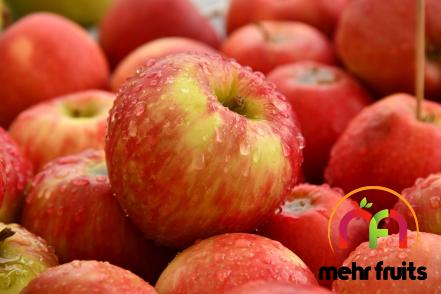 These elegant sandwiches are perfect for afternoon tea, brunch, or a light lunch and will surely impress your guests with their crisp and flavorful filling. If you’re looking to preserve the bounty of your honeycrisp cucumber harvest, consider making homemade pickles. Cucumber pickles are a classic and delicious way to enjoy cucumbers year-round. There are many recipes available for making pickles, ranging from sweet to sour to spicy, so you can customize them to suit your taste preferences. Pickled honeycrisp cucumbers make a tasty accompaniment to sandwiches, burgers, or charcuterie boards, adding a burst of flavor and crunch to any meal. Another creative way to use honeycrisp cucumbers is to incorporate them into beverages. Cucumber lemonade or cucumber mint cooler are refreshing and hydrating drinks that are perfect for hot summer days. Simply blend cucumber slices with water, lemon juice, mint leaves, and a touch of sweetener to create a revitalizing and cooling drink that will quench your thirst and brighten your day. In addition to their culinary appeal, honeycrisp cucumbers also offer a range of health benefits. Cucumbers are low in calories but high in water content, making them a hydrating and refreshing snack. They are also a good source of vitamins and minerals, including vitamin K, vitamin C, potassium, and fiber. Incorporating honeycrisp cucumbers into your diet can help support hydration, digestion, and overall health. In conclusion, honeycrisp cucumbers are a delightful and versatile crop that is well-suited for growing in Zone 3 or similar climates. With their sweet flavor, crisp texture, and numerous culinary possibilities, honeycrisp cucumbers are a must-have addition to any garden. By following the tips and guidelines provided above, you can successfully grow, harvest, and enjoy an abundance of fresh, delicious cucumbers throughout the season. Whether eaten fresh, pickled, or in creative dishes and drinks, honeycrisp cucumbers are sure to brighten your meals and bring a touch of sweetness to your gardening experience. Happy gardening and happy cooking!
These elegant sandwiches are perfect for afternoon tea, brunch, or a light lunch and will surely impress your guests with their crisp and flavorful filling. If you’re looking to preserve the bounty of your honeycrisp cucumber harvest, consider making homemade pickles. Cucumber pickles are a classic and delicious way to enjoy cucumbers year-round. There are many recipes available for making pickles, ranging from sweet to sour to spicy, so you can customize them to suit your taste preferences. Pickled honeycrisp cucumbers make a tasty accompaniment to sandwiches, burgers, or charcuterie boards, adding a burst of flavor and crunch to any meal. Another creative way to use honeycrisp cucumbers is to incorporate them into beverages. Cucumber lemonade or cucumber mint cooler are refreshing and hydrating drinks that are perfect for hot summer days. Simply blend cucumber slices with water, lemon juice, mint leaves, and a touch of sweetener to create a revitalizing and cooling drink that will quench your thirst and brighten your day. In addition to their culinary appeal, honeycrisp cucumbers also offer a range of health benefits. Cucumbers are low in calories but high in water content, making them a hydrating and refreshing snack. They are also a good source of vitamins and minerals, including vitamin K, vitamin C, potassium, and fiber. Incorporating honeycrisp cucumbers into your diet can help support hydration, digestion, and overall health. In conclusion, honeycrisp cucumbers are a delightful and versatile crop that is well-suited for growing in Zone 3 or similar climates. With their sweet flavor, crisp texture, and numerous culinary possibilities, honeycrisp cucumbers are a must-have addition to any garden. By following the tips and guidelines provided above, you can successfully grow, harvest, and enjoy an abundance of fresh, delicious cucumbers throughout the season. Whether eaten fresh, pickled, or in creative dishes and drinks, honeycrisp cucumbers are sure to brighten your meals and bring a touch of sweetness to your gardening experience. Happy gardening and happy cooking!
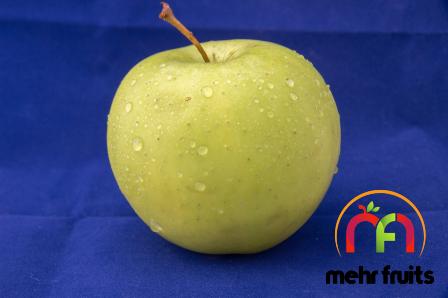

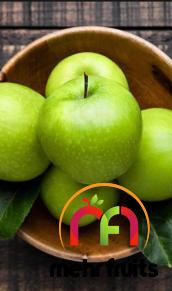
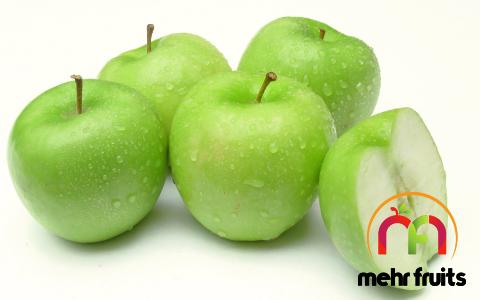
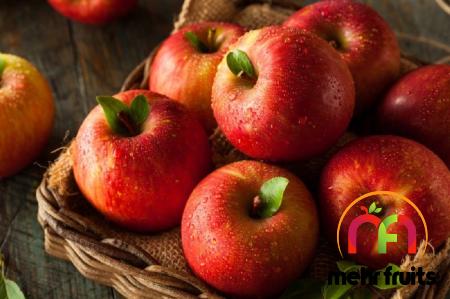
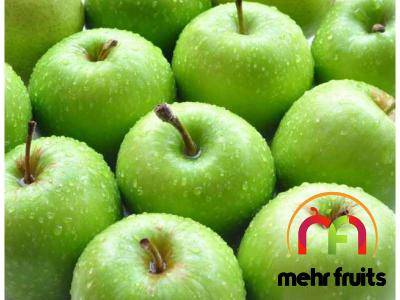
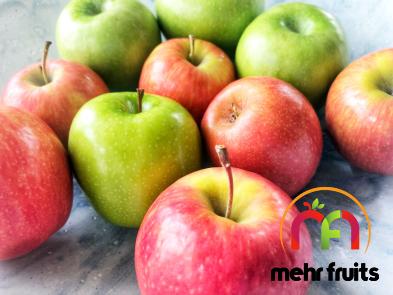
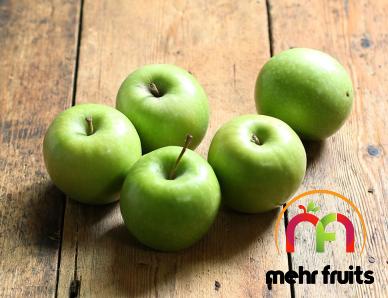
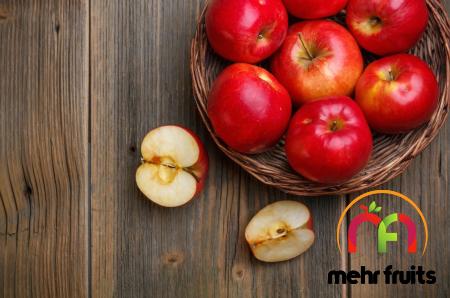
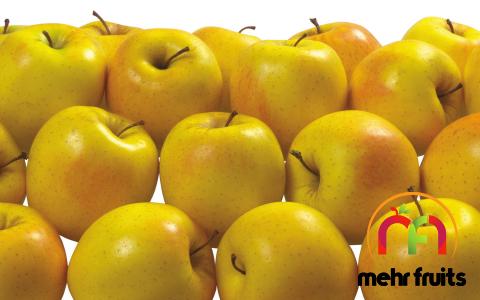
Your comment submitted.